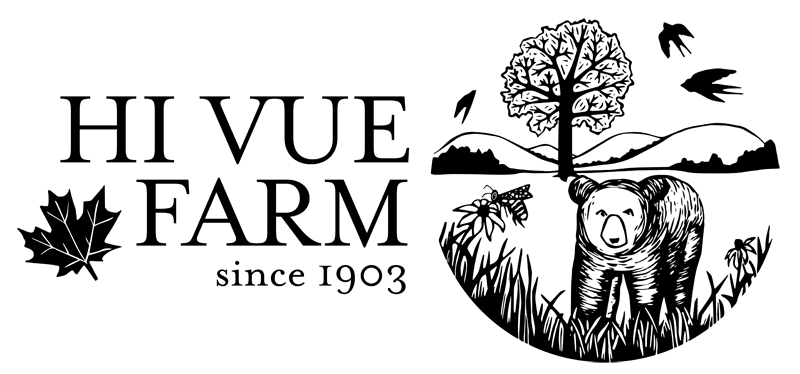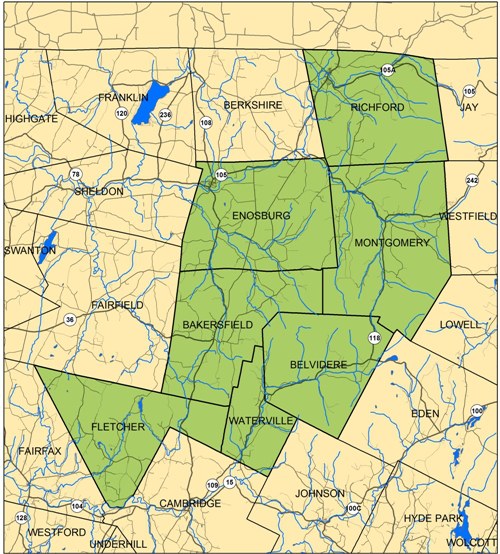Collaborating to keep sugarbush habitat sweet for songbirds
While maple syrup can look and taste the same, it can come from forests that are managed in dramatically different ways. Park-like maple monocultures may appeal to our tidy aesthetic and increase sap production over the short-term, but they support relatively low numbers of birds and bird species. In contrast, biologically and structurally diverse sugarbushes offer great places for birds to forage, find cover, and raise their young. They are also likely to have better long-term sap production, fewer forest health problems, and be better able to adapt to the stresses of climate change.
The Bird-Friendly Maple Project is ready to give you and maple-lovers everywhere a way to support and promote sugarbush management that’s good for Vermont’s birds, forests, and forest-based economy. The project is building on the national award-winning Foresters for the Birds partnership between Audubon Vermont biologists and Vermont Department of Forests, Parks & Recreation foresters and expanding to include a new partner: leaders from the Vermont maple industry that includes the Vermont Maple Sugar Makers Association.
By keeping forests intact, maple sugarbushes are pretty good
places for birds to nest and find food. But with a little extra
consideration, their long-term value to birds and overall forest
health can increase.
A bird-friendly sugarbush is managed for these features to
offer great places for birds to forage, hide, and raise their
young:
■ A diversity of tree species; more than just maple
■ Layers of vegetation; from small seedlings on the forest
floor, to saplings and shrubs, to the canopy overhead
■ Standing dead trees and live trees with cavities; the bigger
the better
■ Logs and branches on the forest floor
■ Birds singing!
The Bird-Friendly Maple Project is a collaborative effort to
integrate bird conservation with Vermont’s maple syrup
industry by:
■ Promoting sugarbush management practices that support
birds, forest health, and sustainable sap production
■ Recognizing maple producers for considering bird habitat
in their sugarbush
■ Increasing awareness of the important role Vermont’s
forests play in bird conservation
■ Educating consumers about maple syrup and its many
natural benefits
Whether you’re a bird watcher, maple producer, or simply
enjoy the taste of pure maple syrup, the Bird-Friendly Maple
Project is for you!
Each year, as winter slowly transitions to spring, the sweet
sap of maple trees is collected from the forest and boiled
down to create a signature Vermont product—pure maple
syrup.
A few short weeks later, the same forests that were buzzing
with maple sugaring activity, referred to as sugarbushes,
come alive with the songs and bright colors of songbirds.
These birds, many of which spend the winter in the tropics,
will look to find an abundance of insects to feed on, cover
from predators, and places to conceal a nest—all in an effort
to successfully raise the next generation of their species.
Add to this the fact that Vermont forests are a globally
important nesting habitat for many of these species, and the
bird conservation value of sugarbushes just got a little bit
sweeter!
http://vt.audubon.org/conservation/working-lands/landing/bird-friendly-maple-project



